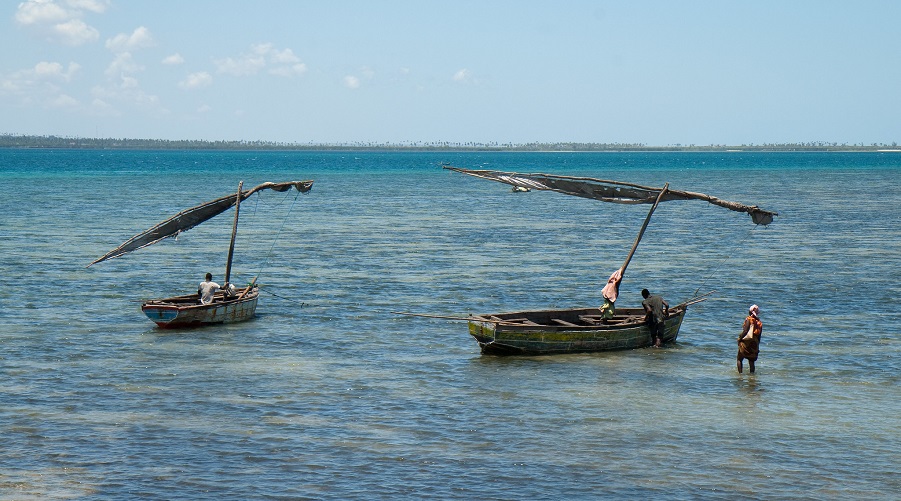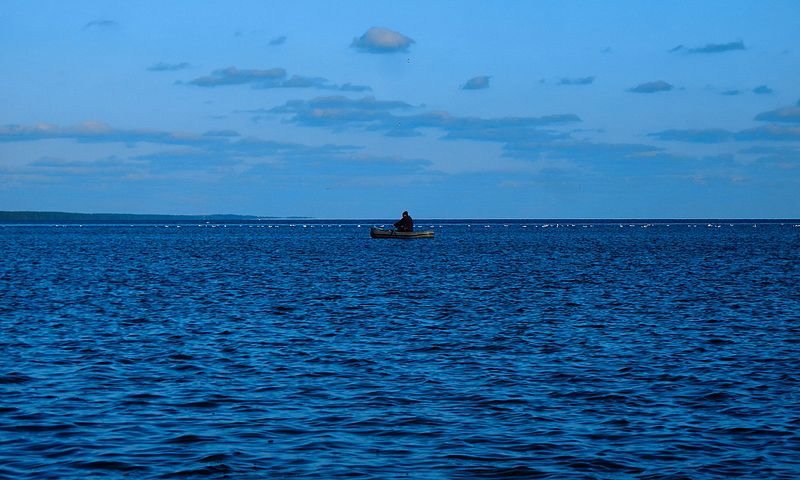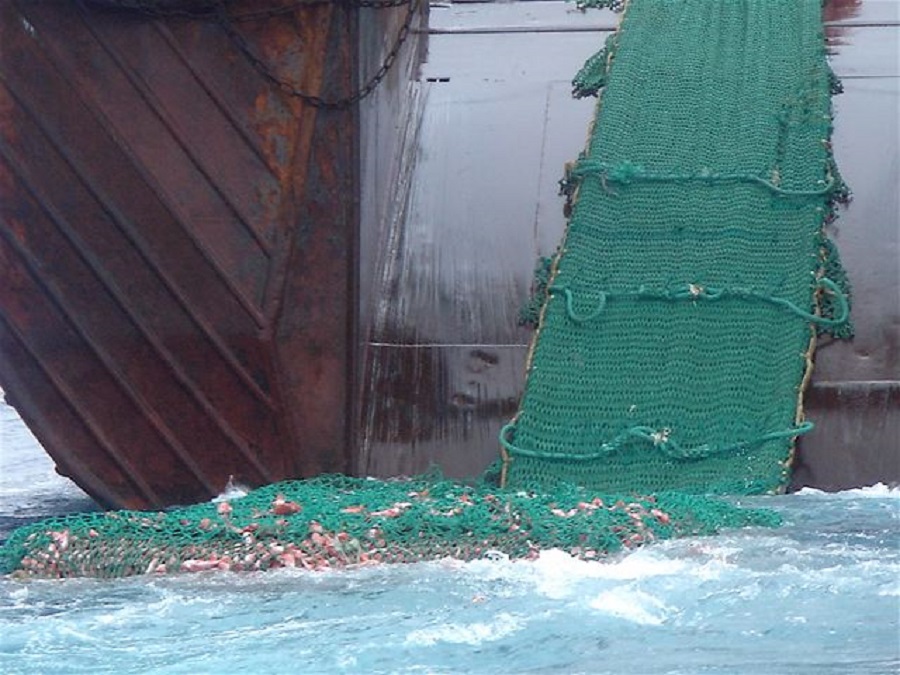Prominent researchers in the fields of biology and fisheries science are set to gather on September 6-7, 2021, in Paris to celebrate the 30th anniversary of FishBase and the 15th anniversary of SeaLifeBase.
Hosted at the Muséum National d’Histoire Naturelle, on the banks of the river Seine, the FishBase and SeaLifeBase Symposium will bring together renowned scientists such as Daniel Pauly, Rainer Froese, Jessica Meeuwig, Jos Snoeks, among others, who will present the different uses of FishBase and SeaLifeBase in the fields of ecology, biogeography, fisheries, taxonomy and aquariology.








